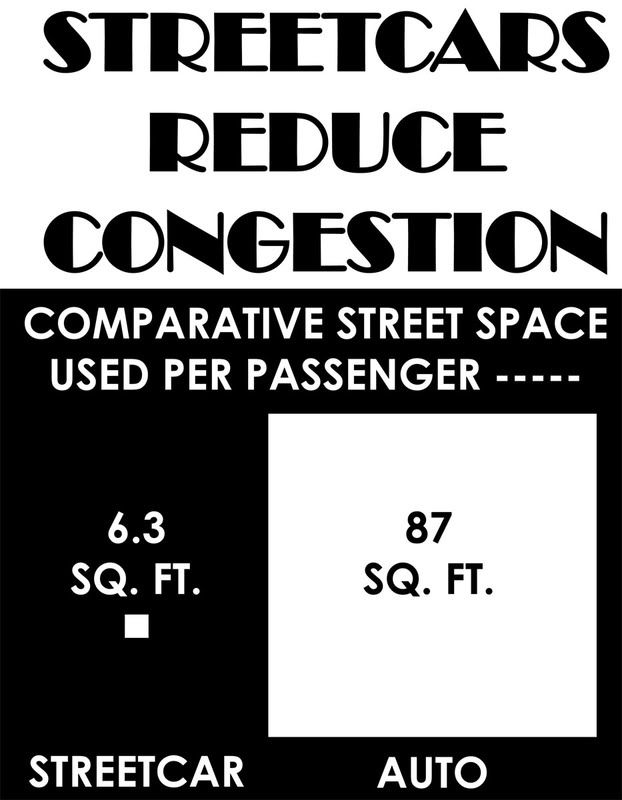The Cincinnati, Lebanon and Northern Railway (CL&N) is a defunct railroad in southwest Ohio, connecting Cincinnati to Dayton via Lebanon. Chartered by the city of Lebanon in 1850, the original incarnation of the Cincinnati, Lebanon and Xenia Railroad was to create a railroad between the namesake cities, bypassing the Little Miami Railroad — today’s Little Miami Rail Trail. It would give Lebanon a railroad connection to industry and it was hoped that it would entice industry to move further inland, away from Cincinnati.
The railroad changed hands over the years due to bankruptcies, becoming the Miami Valley, Cincinnati Northern, and later the Cincinnati, Lebanon and Northern. A branch was constructed to Montgomery, and a connection was made to the Spring Grove, Avondale and Cincinnati Railway, which made it only as far as to Avondale due to financial issues. At one point, a 10,000-foot tunnel was planned under the Deer Creek Valley, to give a more gentle grade for the climb out of downtown Cincinnati to Norwood. Only five brief sections were completed.

Controversies surrounded the railroad. During construction of the 1,050-foot Deer Creek Tunnel in the early 1800s, debris from blasting launched projectiles throughout the Walnut Hills neighborhood, killing several workers and pedestrians. Various residences were heavily damaged or destroyed. It’s Court Street terminus also fueled much debate, due to the city of Cincinnati refusing the railroad passage over Court Street to a connection with Fountain Square via an elevated line. The city feared that an air brake on a train could fail and cause catastrophic damage.
Towards the mid-20th century, the railroad went into decline. The rail line north of Lebanon was discontinued in 1952, and so began a series of station closures and branch abandonments. The Court Street Depot was closed in 1969 and torn down in 1975, which coincided with the dismantlement of tracks north of downtown to Norwood. An uptick in freight traffic in the vicinity of Mason, and the designation of some sections as Light Density Lines, kept some of the former CL&N in operation.
In 1985, former CL&N trackage from Hageman to Lebanon was purchased by the city of Lebanon, and themed tourist trains began rolling on the then-named Turtle Creek Valley Railway. It was later purchased by several investors and re-christened the Lebanon, Mason and Monroe Railroad (LM&M), which has been successful to this day.

Today, much of the original CL&N remains abandoned or lightly used. While the LM&M operate over some of the original railroad, others are being considered for reuse, identified in the Interstate 71 Corridor Transportation Study and MetroMoves Regional Transit Plan. One can only hope that Cincinnati and Hamilton County will take advantage of this already identifiable rail corridor for future inclusion into a regional transit network, and make the most use out of existing infrastructure that is in place.


